-
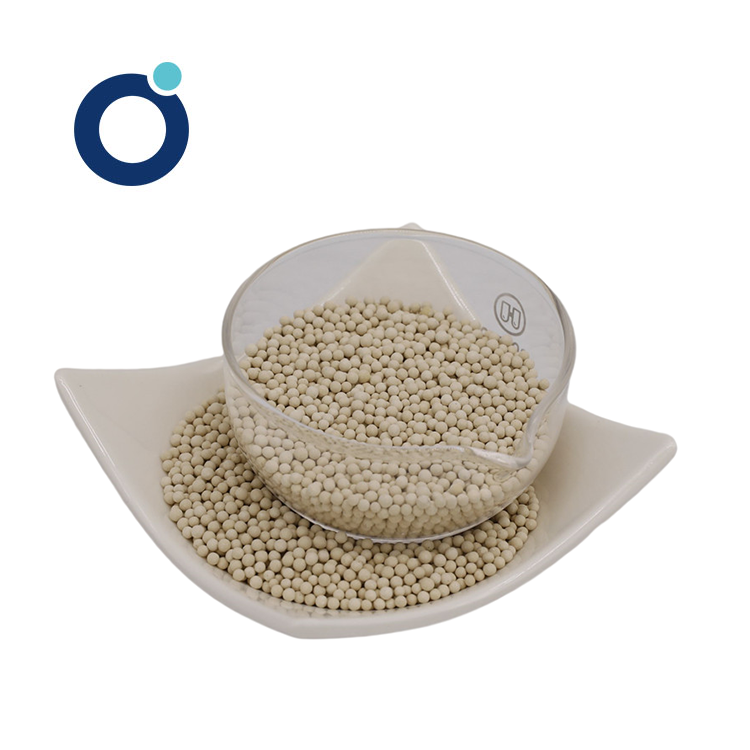
Molecular Sieve JZ-ZMS3
-
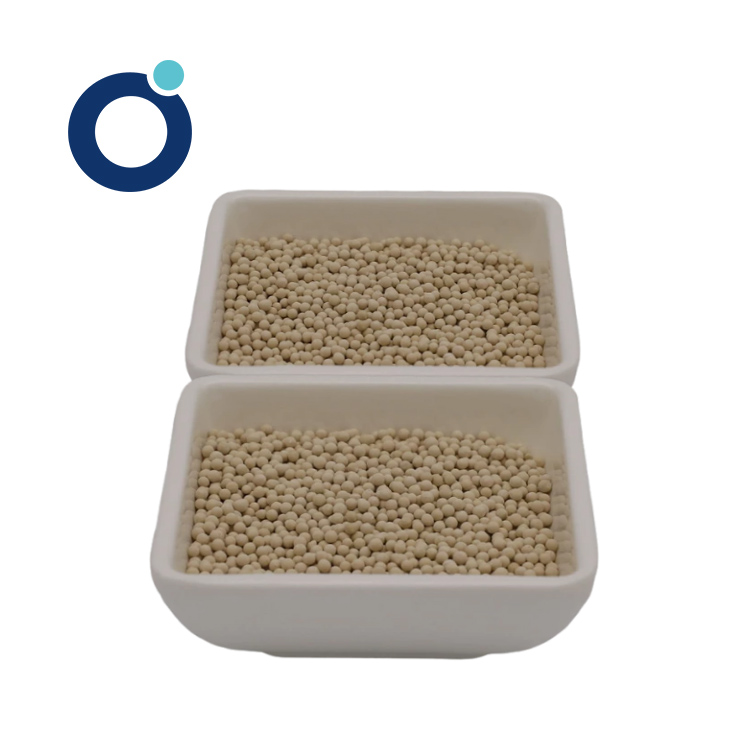
Molecular Sieve JZ-ZMS4
-
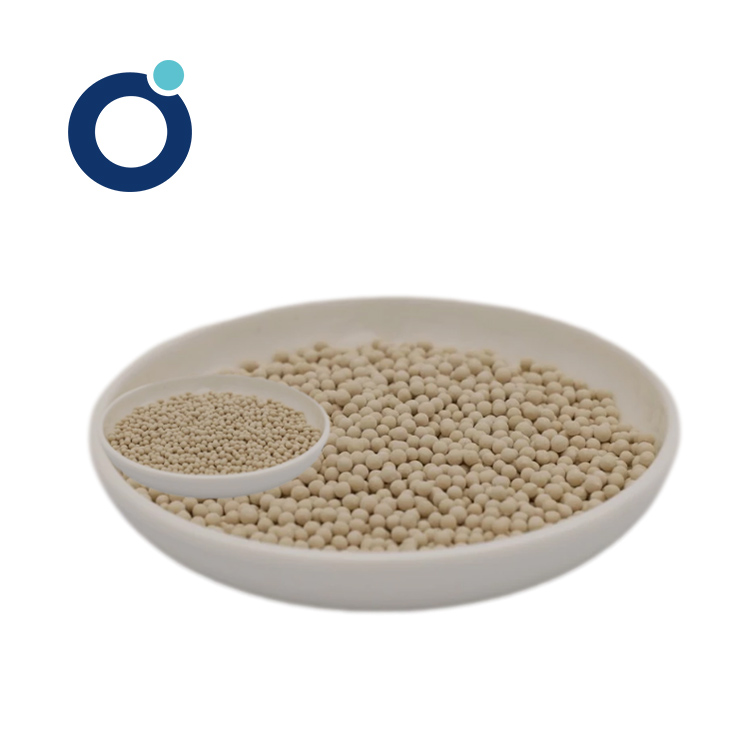
Molecular Sieve JZ-ZMS5
-

Molecular Sieve JZ-ZMS9
-
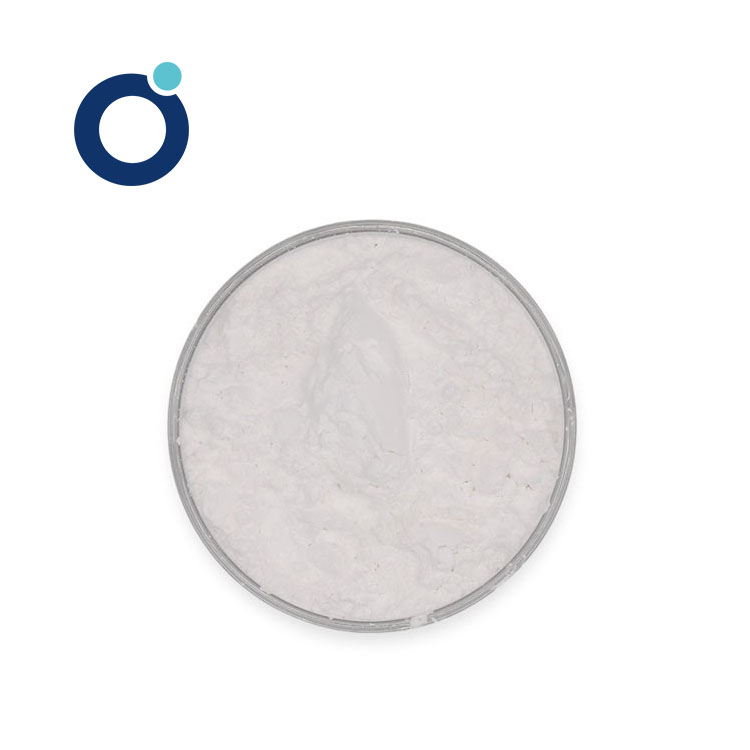
Molecular Sieve Powder JZ-ZT
-
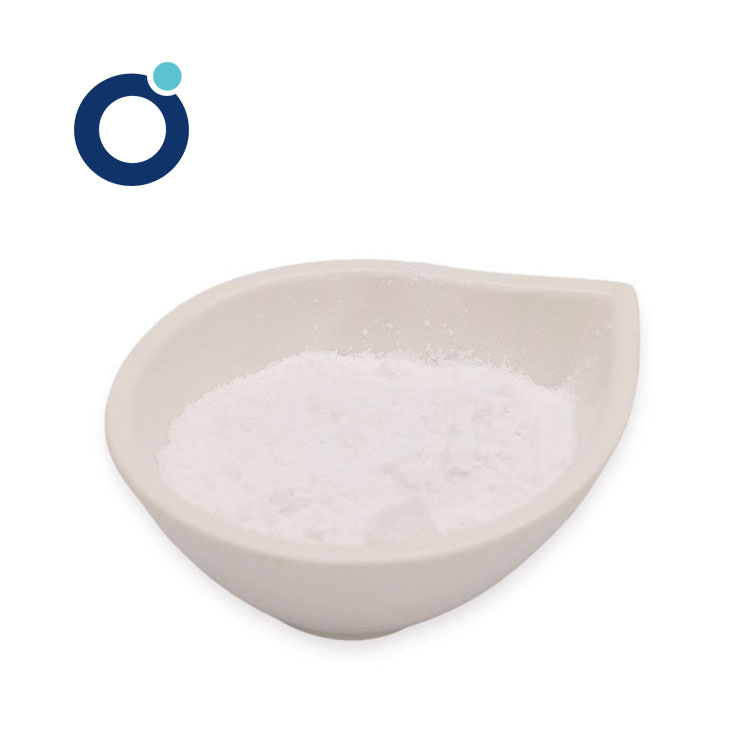
Molecular Sieve JZ-AZ
- Description
- The molecules of different substances are distinguished by the priority and size of the adsorption, so the image is called the "molecular sieve".
- Molecular sieve (also known as synthetic zeolite) is a silicate microporous crystal. It is a basic skeleton structure composed of silicon aluminate, with metal cations (such as Na +, K +, Ca2 +, etc.) to balance the excess negative charge in the crystal. The type of molecular sieve is mainly divided into A type, X type and Y type according to its crystal structure.
|
Chemical formula of zeolite cells |
Mx/n [(AlO.2) x (SiO.2) y]WH.2O. |
|
Mx/n. |
Cation ion, keeping the crystal electrically neutral |
|
(AlO2) x (SiO2) y |
The skeleton of the zeolite crystals, with different shapes of holes and channels |
|
H2O |
physically adsorbed water vapour |
|
Features |
Multiple adsorption and desorption can be performed |
|
Type AMolecular sieve |
|
The main component of type A molecular sieve is silicon aluminate. The main crystal hole is octaring structure.The aperture of the main crystal aperture is 4Å(1Å=10-10m), known as type 4A (also known as type A) molecular sieve; Exchange the Ca2 + for the Na + in the 4A molecular sieve, forming an aperture of 5A, namely a 5A type (aka calcium A) molecular sieve;K+ for a 4A molecular sieve, forming an aperture of 3A, namely a 3A (aka potassium A) molecular sieve. |
|
Type X molecular sieve |
|
The main component of X molecular sieve is silicon aluminate, the main crystal hole is twelve element ring structure.Different crystal structure form a molecular sieve crystal with a aperture of 9-10 A, called 13X (also known as sodium X type) molecular sieve;Ca2 + exchanged for Na + in a 13X molecular sieve, forming a molecular sieve crystal with a aperture of 8-9 A, called a 10X (also known as calcium X) molecular sieve. |
- Application
- The adsorption of material comes from physical adsorption (vander Waals Force), with strong polarity and Coulomb fields inside its crystal hole, showing strong adsorption capacity for polar molecules (such as water) and unsaturated molecules.
- The aperture distribution of the molecular sieve is very uniform, and only substances with a molecular diameter smaller than the hole diameter can enter the crystal hole inside of the molecular sieve.



